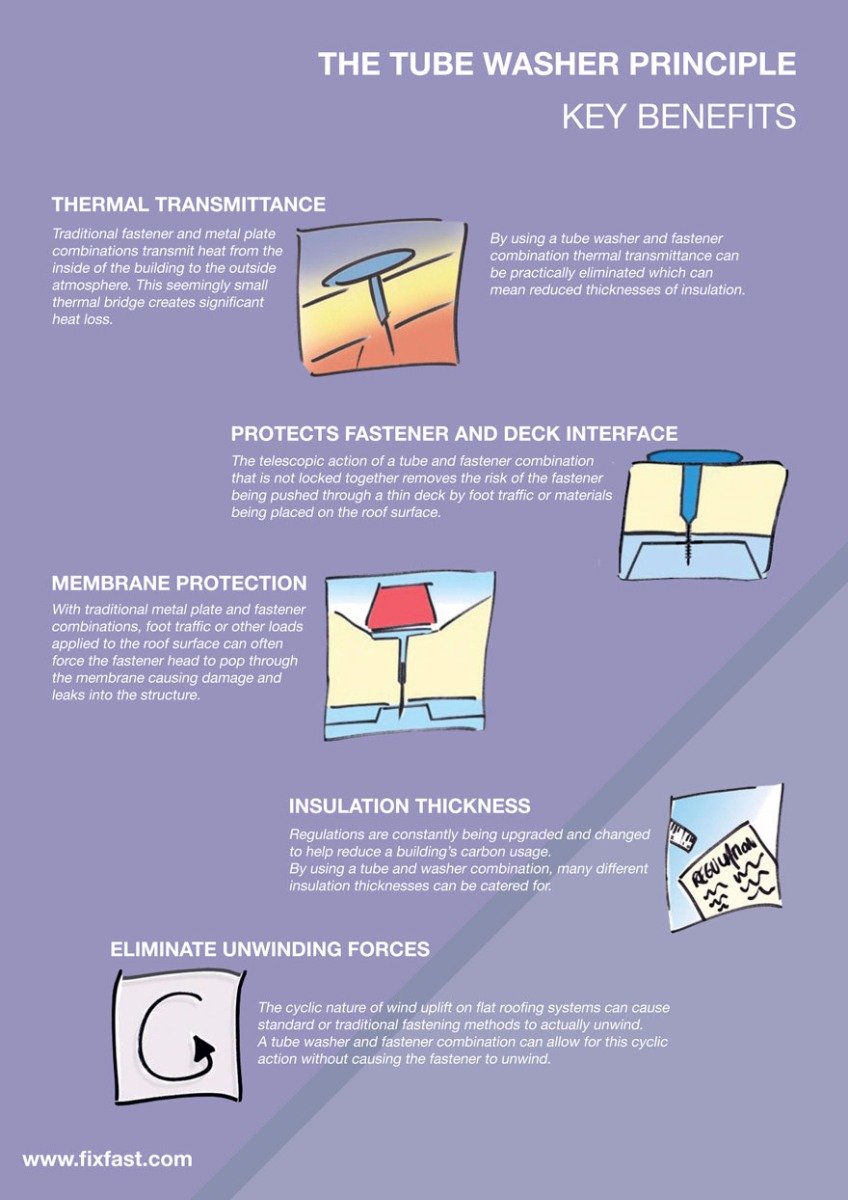Analyzing The Expenses Related To Solar Installations: Is It A Beneficial Investment?
Analyzing The Expenses Related To Solar Installations: Is It A Beneficial Investment?
Blog Article
https://www.springfieldnewssun.com/homes/solar-powered-ranch-home-overlooks-lake/AU7TZMQTEJBP3NNAA2BXVMZOB4/ -Martinussen Kane
When taking into consideration the prices of solar installment, you could wonder about the upfront financial investment needed and whether it straightens with the potential long-lasting advantages. Understanding the complexities of these expenditures and the numerous elements influencing the general return can clarify the value proposition of transitioning to solar energy. By evaluating both the initial arrangement expenses and the projected cost savings in time, you can acquire understanding right into whether the investment in solar installation holds assurance for your financial future.
Initial Arrangement Expenditures
When taking into consideration the expenses of solar setup, the initial arrangement expenses play a critical duty in your decision-making process. These upfront expenses include the price of photovoltaic panels, inverters, mounting equipment, and setup labor.
The cost of solar panels can differ depending on the brand name, effectiveness, and dimension you choose. Inverters are vital for transforming the sunlight's power right into functional electrical power and can be found in different kinds such as string inverters, microinverters, and power optimizers, each with its very own expense implications.
Installing tools, such as racks and rails, is necessary to firmly set up photovoltaic panels on your roofing or residential property.
The installment labor price covers the specialist setup of the planetary system, ensuring that whatever is established correctly and effectively. Bear in mind that while these first configuration expenses might appear high, there are usually rebates, tax incentives, and financing choices readily available to aid counter the prices and make solar installment much more budget friendly over time.
Long-Term Cost Savings Analysis
To comprehend the financial advantages of solar installation over time, it's critical to conduct an extensive long-term savings analysis. While the first setup expenditures of photovoltaic panels may seem daunting, the lasting savings can surpass these costs dramatically. By utilizing the power of the sunlight to produce electrical power for your home, you can possibly conserve thousands of dollars on your energy costs over the life expectancy of your planetary system.
Among the vital variables to consider in a lasting financial savings analysis is the reduction in your electrical power expenses. With solar panels, you can generate your electrical energy, reducing or even removing your dependence on the grid. This can cause considerable financial savings, specifically as energy prices continue to climb.
Furthermore, https://transparentsolarpanels87654.yomoblog.com/36194714/the-power-change-studying-pioneering-technologies-in-solar-setup use motivations such as tax credit reports and refunds for installing solar panels, further enhancing your long-lasting cost savings. By making use of these incentives and maximizing your solar energy production, you can delight in substantial financial benefits for many years ahead.
Roi Estimation
Thinking about the economic advantages of solar installment, it's time to assess the Roi (ROI) calculation. Identifying the ROI includes contrasting the overall prices of mounting a planetary system with the financial benefits it produces over its life-span.
To calculate ROI, split the internet profit from the system by the complete investment price and multiply by 100 to obtain a percent. The ROI formula is: (Net Profit/ Overall Financial Investment Cost) x 100.
For instance, if the overall cost of setting up a planetary system is $20,000, and over its life-span, it produces financial savings and profits totaling $30,000, the net revenue would be $10,000. Dividing this by the overall financial investment expense of $20,000 gives a ratio of 0.5. Multiplying this by 100 gives an ROI of 50%.
Normally, a higher ROI shows an extra economically satisfying financial investment. Aspects like government incentives, upkeep prices, and power price fluctuations can impact the ROI of solar installations. Comprehending the ROI aids in analyzing whether purchasing solar energy deserves it over time.
Final thought
To conclude, understanding the expenses of solar installation is vital for identifying if it is worth the financial investment. By considering initial arrangement expenses, carrying out a long-lasting cost savings evaluation, and computing the roi, you can make a notified decision about the monetary worth of solar energy. With the capacity for lowered energy costs and increased power self-reliance, buying solar installation can be a smart selection for both your budget and the atmosphere.
